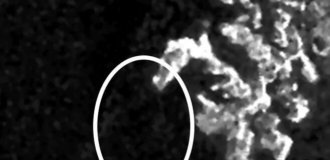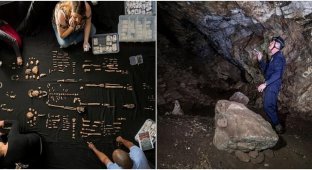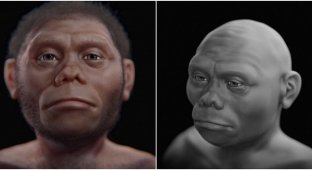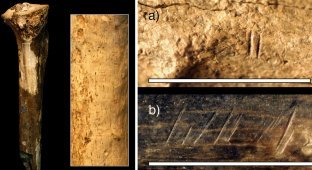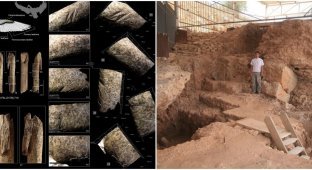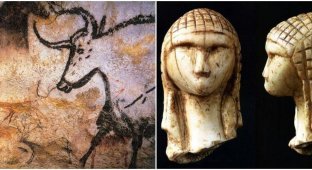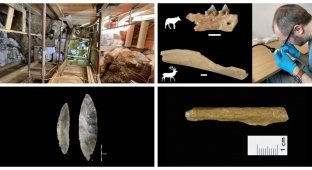“Star People” question human evolution (7 photos)
Scientists believe that a primitive cave-dwelling hominid species, Homo naledi ("Starman"), discovered in South Africa and living more than 200,000 years ago, buried its dead and marked the graves with rock symbols. This would be typical for humans, but Homo naledi had a brain the size of an orange, incapable of meaning-making activities. 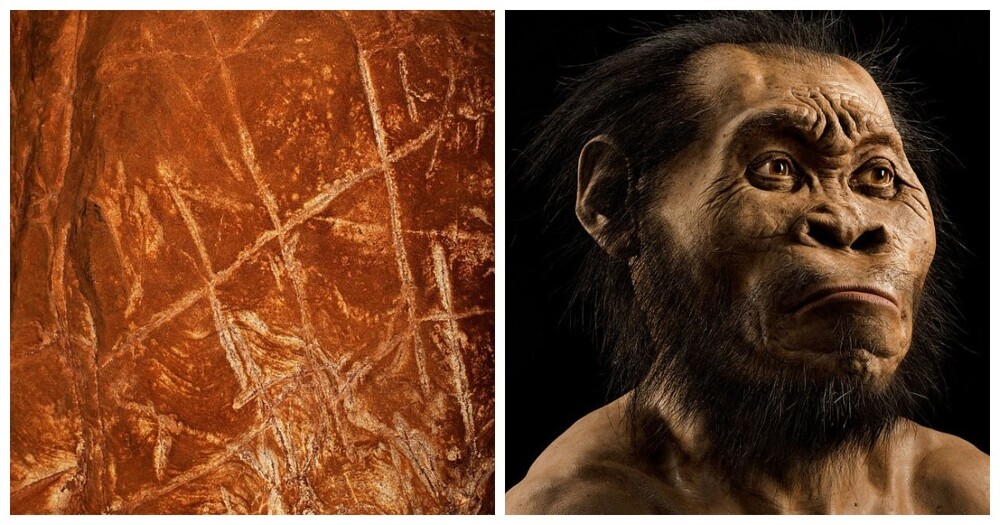
These findings may rewrite history because this behavior was only observed in ancient Homo sapiens with larger brains. 
In 2013, paleoanthropologist Lee Berger from the University of the Witwatersrand discovered numerous remains of ancient hominids in the Rising Star cave system in South Africa at the Cradle of Humankind complex. This is how a new species of people was discovered, called Homo naledi. Homo naledi, half-human, half-ape people, lived side by side with the ancestors of modern humans.
They are of interest because they do not fit well into the evolutionary chain: despite their small brains (465–550 cubic centimeters - three times smaller than ours), they, according to Lee Berger, deliberately buried their dead, performing a certain ritual and marking graves with rock symbols. 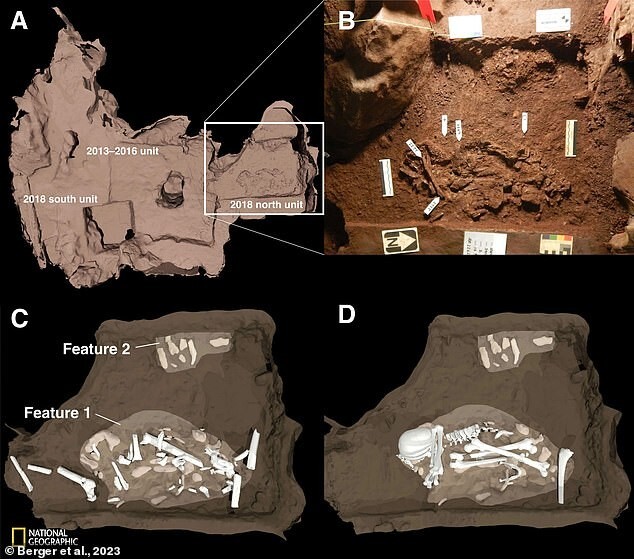
The found rock paintings, as well as the burials, are located deep in the cave in a hard-to-reach place; you can only get there through very narrow tunnels. The marks form geometric patterns - crosses, X's, triangles, squares. It is very difficult to date these drawings, so the question of their age remains open. As well as who is their author. The authors of the study, however, believe that there was simply no one other than Homo Naledi to draw these symbols in the dungeons. 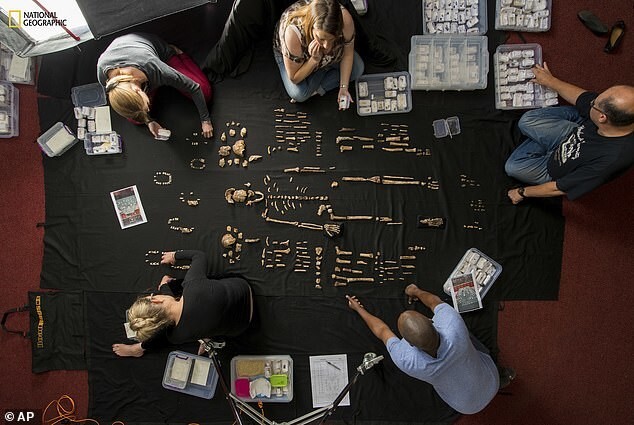
So, the scientists’ conclusions are as follows: Homo Naledi buried their dead deliberately, for burial there was a separate, inaccessible place where the body had to be taken, so joint efforts and the use of fire were required - therefore, Homo Naledi were at a fairly high stage of development. This means that their small brain did not interfere with this. 
But all previous discoveries indicated that the complication of hominid behavior is directly related to the increase in brain size, and only species with large brains are capable of performing complex funeral rituals. "H. naledi is characterized by such behavior, while their brain volume is less than 600 milliliters,” write the authors of the discovery. And they continue: human development could be influenced not so much by the size of the brain as by the nervous organization. 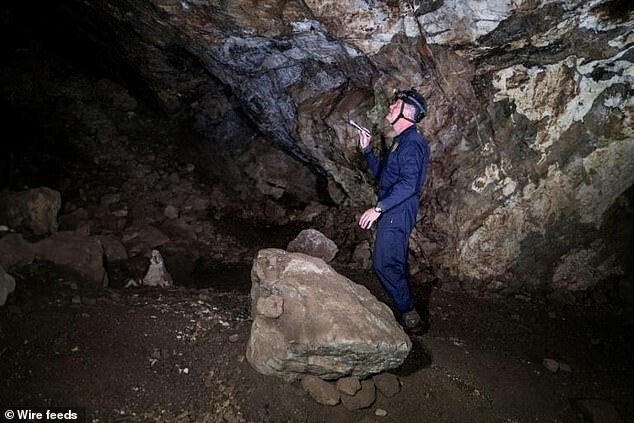
We must understand that this is only a hypothesis of the authors of the discovery - paleoanthropologist Lee Berger and his team. Many scientists criticized it to smithereens. They are sure that the evidence is insufficient, that much of this discovery is “far-fetched” and, in general, looks more like speculation than serious science. 
In any case, the results of Lee Berger's team are only preliminary. They require further research and hard evidence.








